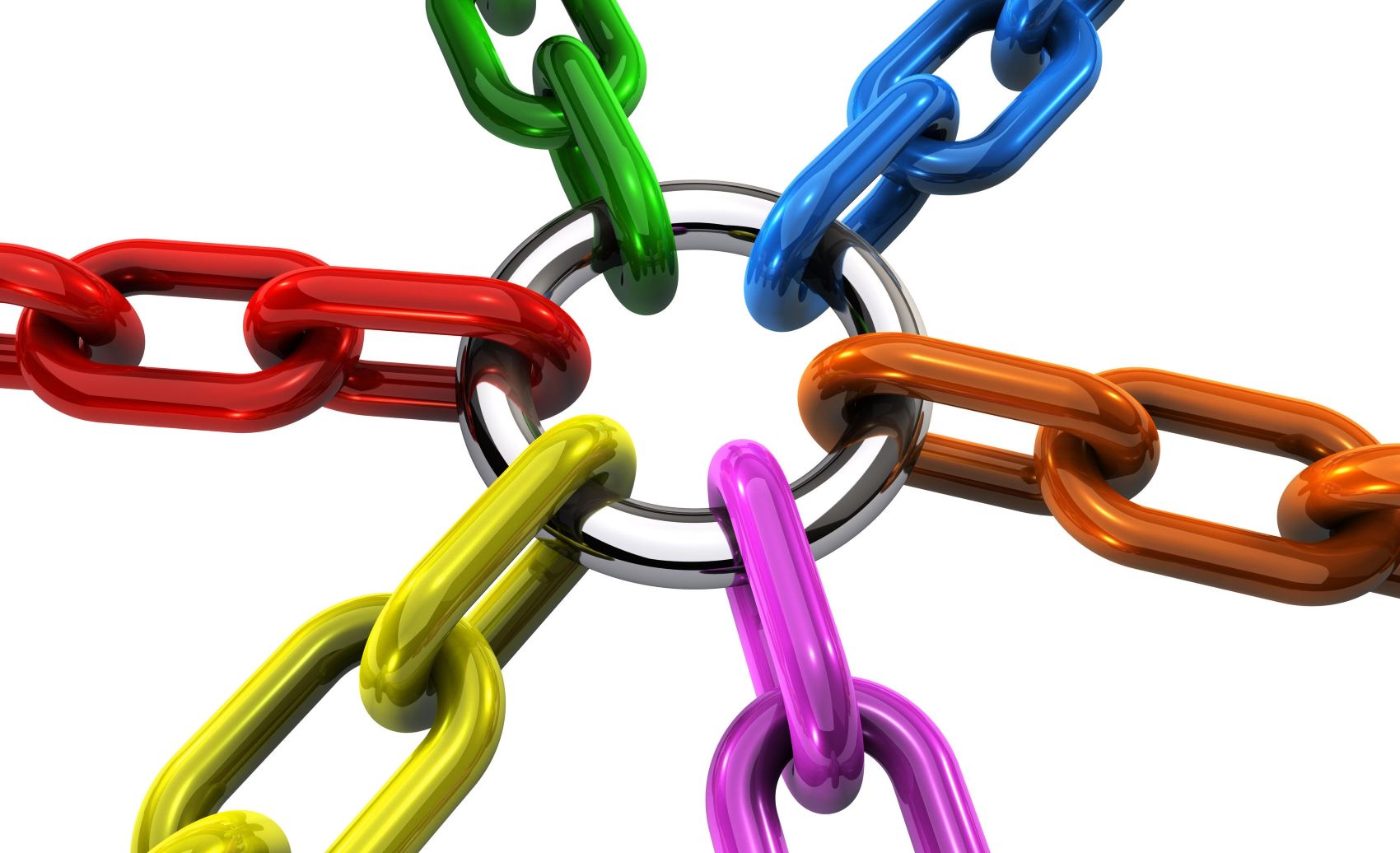WWW.INFORMATIONWEEK.COM
AI Integration Impacts Data, Cybersecurity Skillsets
Rapid integration of artificial intelligence and machine learning is reshaping traditional tech roles, while making many legacy skills obsolete. Organizations are placing a premium on professionals with advanced technical expertise and refined soft skills, such as collaboration, analytical thinking, and innovation.This shift is especially evident in areas like data science, cybersecurity, and AI/ML, where demand for specialized roles and skills continues to rise, according to the IT Skills and Certifications Pay Index from Foote Partners.Emerging interdisciplinary roles, such as AI model auditors and machine learning engineers, also indicated a need for a more diverse skill set to navigate these transformative technologies.In data science, expertise in areas like data strategy, architecture, and governance for AI systems is seeing a significant rise in value, with skills like Apache Flink and predictive analytics earning premium pay.Similarly, cybersecurity professionals with knowledge of AI-powered tools, security architecture, and machine learning models are commanding higher salaries, as are those with certifications such as GIAC and NIST.IT professionals must focus on adaptability and continuous learning to stay relevant, says Ram Palaniappan, CTO of TEKsystems Global Services.Related:He explains that AI is changing the entire application architecture and topology through the continuous advancement of technology from GenAI to agentic AI.Roles like prompt designers, AI/ML engineers, AI ethicists, and NLP specialists are emerging as critical, so developing skills in areas like AI governance, machine learning engineering, and natural language processing is essential.Assessing IT Skill SetsTanja Podinic, senior vice president of AI programs for ContractPodAi, says IT professionals must reassess their skill sets and understand their value in a rapidly changing landscape.The shifting market will demand more creative and critical thinking, she says. However, technological and process-oriented skills are not everything.As technology is increasingly integrated into new areas, soft skills will also grow in importance.Emotional and social intelligence, strong communication, teamwork, and leadership skills are among the key attributes that make IT pros invaluable assets to organizations.Podinic explains that as professionals continue to face new challenges, they need to develop skills that support innovative problem-solving and effective data analysis.Related:These abilities will be pivotal as AI and machine learning reshape industries, she says.HP chief commercial officer Dave McQuarrie says within the next five to 10 years, integrating AI in daily tasks will become as fundamental in the workplace as email is today. As the significance of traditional skills shifts, leaders must focus on upskilling their teams or risk falling behind, he explains via email. While implementing mandatory AI training programs is a positive initial step, it is insufficient on its own.He adds that businesses cannot simply check a box and expect employees to navigate these changes independently.There is a significant need and opportunity for leaders to engage with their workforce and fulfill their AI training needs, McQuarrie says.Soft Skills and CertificationsPalaniappan says skills like business process management, strategic thinking, problem-solving, and creativity should not be neglected.These are the traits that complement technical skills and are difficult to automate, he says. Look out for all opportunities to leverage technology to complement the work is going to be the future.He says the challenge is to create long-term and holistic training programs that keep up with the rapidly evolving speed of digital evolution, especially in the AI arena.Related:Certifications and formal training programs are becoming more essential for IT professionals, particularly for those looking to enter fields like AI and machine learning, he explains.Certifications validate foundational knowledge of ML models, algorithms, and data management, which are critical for building careers in areas like ML engineering.Investing in Training, UpskillingPodinic says continuous learning and skill development are crucial, and a key factor will be having a mindset that is open to change. Professionals must remain flexible and have the agility to adapt to new tools and methodologies, while also embracing changes to their roles and responsibilities, she says.Beyond maintaining technological literacy, its about staying up to date on emerging tech trends will help ensure the relevance of IT roles.Accepting the change and joining the journey will be critical for success, Podinic says.She recommends that organizations develop strategic upskilling plans that identify key focus areas, set clear goals, and establish specialized training programs to foster professional growth.From her perspective, the key component of any upskilling initiative is leadership and its support. Business leaders must not only understand the critical importance of upskilling but actively champion it, Podinic says.Companies must also focus on creating an ecosystem of continuous learning, creating a sandbox for exploring different tools and offering employees opportunities to develop both technical and soft skills.Leadership must take a proactive approach to identify and address gaps, fostering a culture where innovation and education are a part of daily operations.Reskill or Rehire?Ornella Casagrande Rizzi, learning and development coordinator at Indicium, has a simple mantra: Reskill where possible, hire where necessary.Upskilling or reskilling are strategies that companies need to prioritize for numerous reasons, she says in an email interview.Besides avoiding the risks associated with hiring externally, upskilling and reskilling are excellent ways to foster a culture of learning by effectively teaching employees how to learn and shaping them into lifelong learners.This ensures the staff is better prepared for the dynamic changes brought by emerging technologies while also remaining loyal to their company, Rizzi says.Palaniappan says he agrees that matching these skills alongside industry needs is a great way to start building out a program in these specialized areas.Upskilling initiatives should be tied to measurable business outcomes, ensuring employees not only gain knowledge but also understand how to apply it to real-world challenges, he says.










